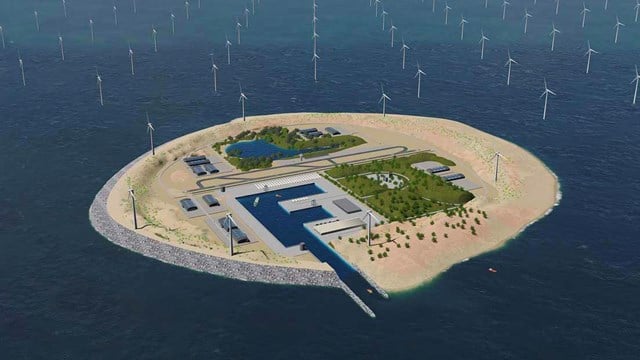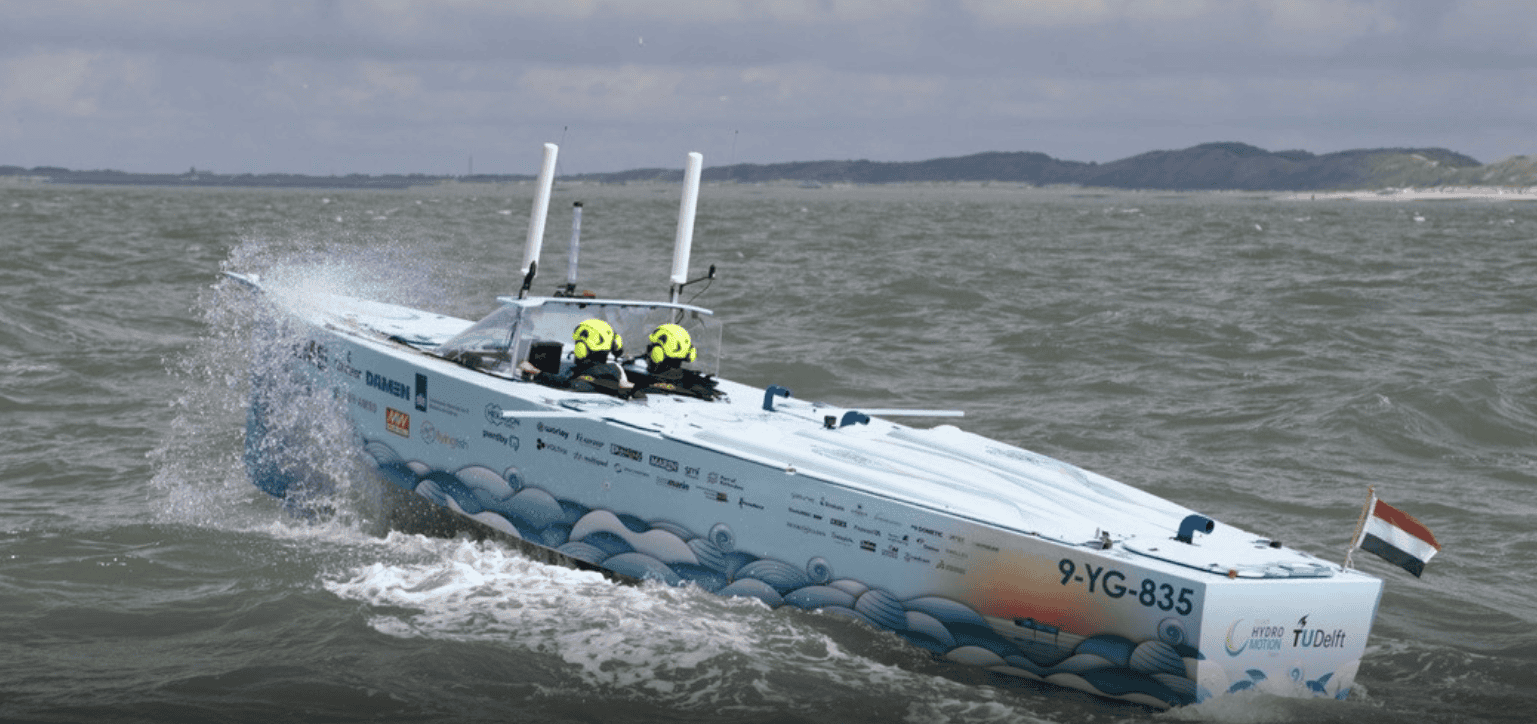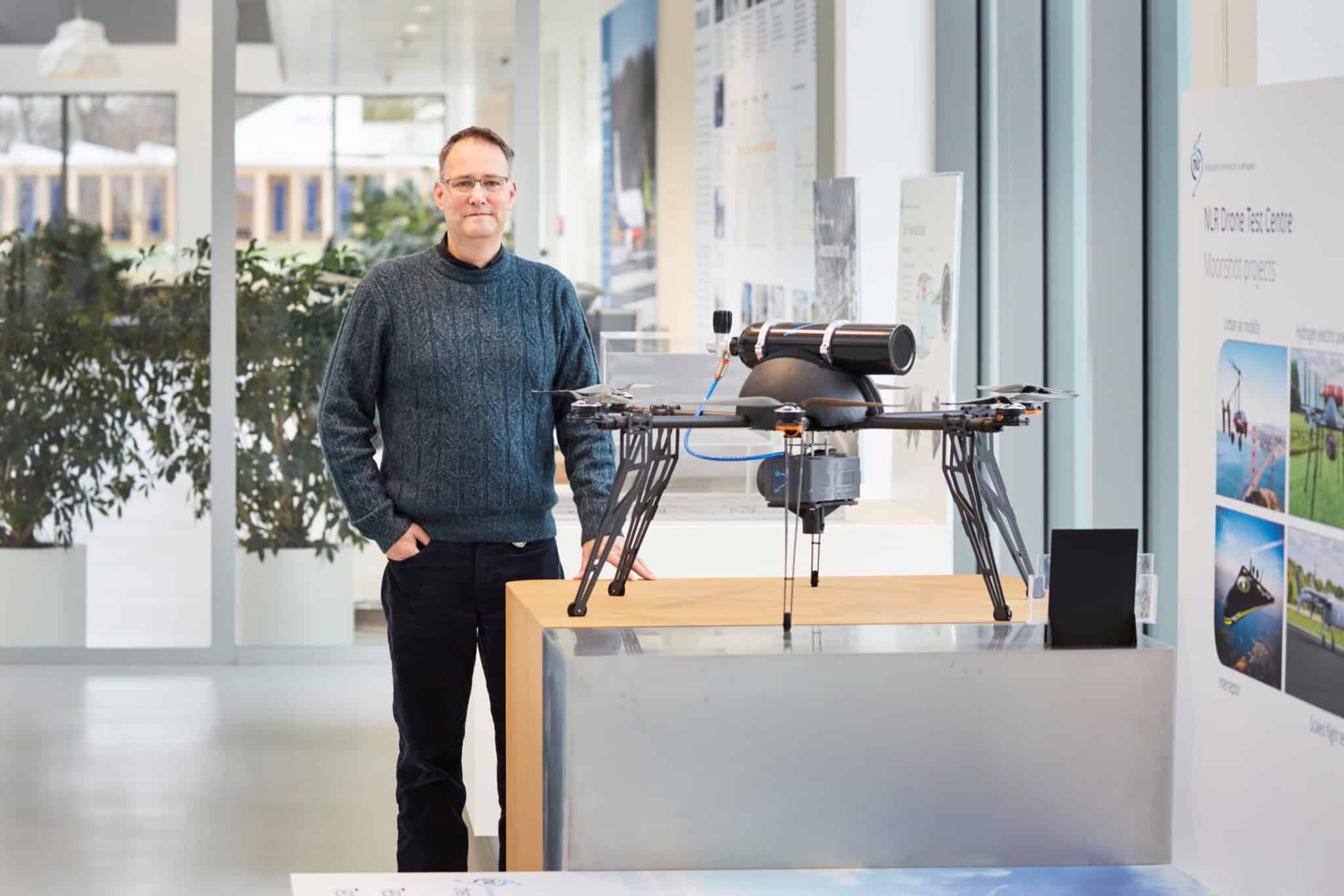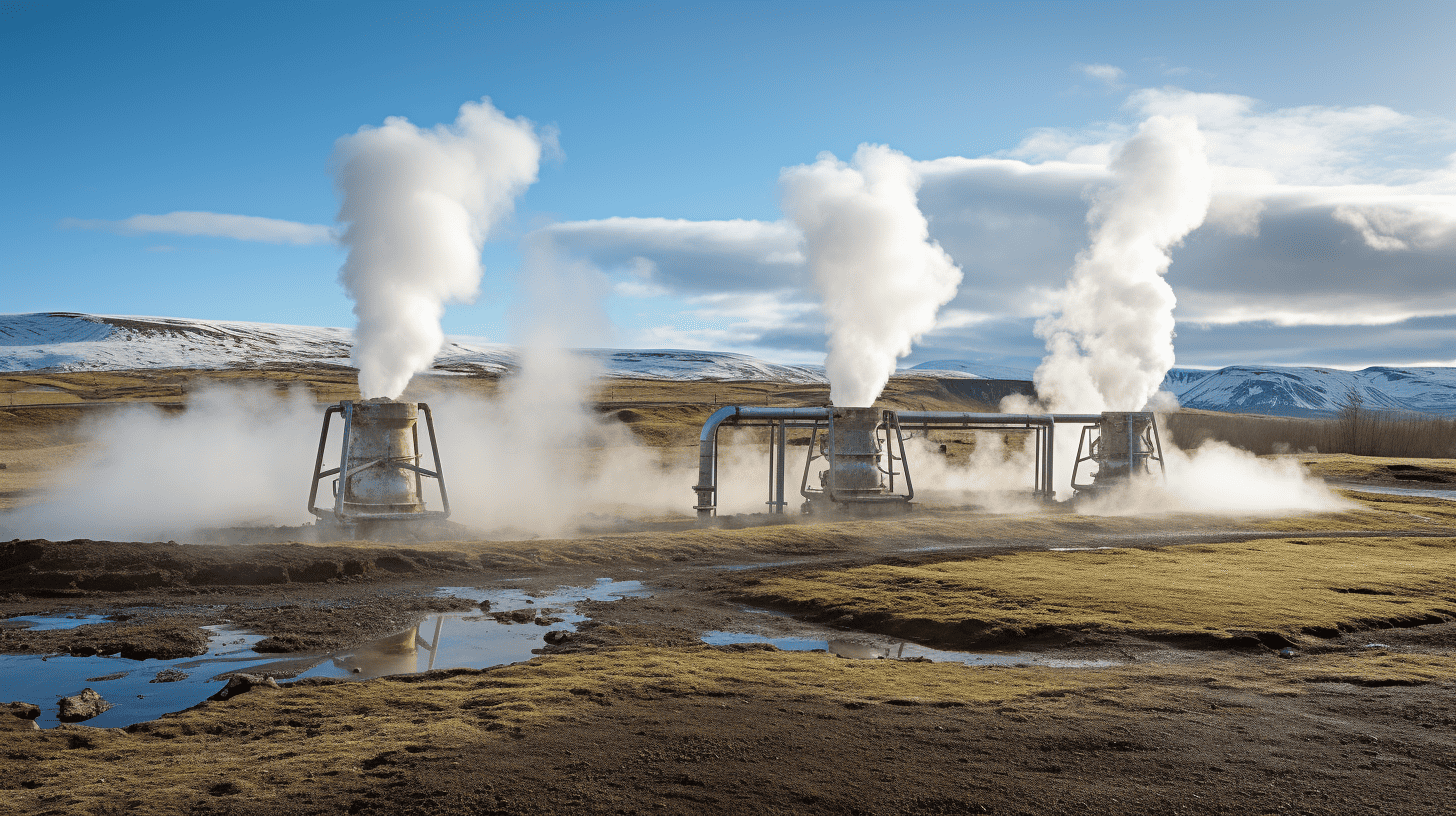
Denmark and the Netherlands had plans for it. But it is the Belgians who are grabbing the scoop by building the world’s first artificial energy island. An island like this does have its drawbacks, according to René Peters of the Netherlands Organisation for Applied Scientific Research (TNO). For one thing, the ecosystem is disrupted and there is the threat of terrorist attacks.
Seven soccer fields
The plan is currently in the tendering phase. The energy island, which is named after the Belgian Princess Elisabeth, will be located approximately 45 kilometers off the coast. The overall size of the island is about five hectares in total. This amounts to more than seven soccer fields. The island is to be built on concrete caissons filled with sand. Electricity generated there converges at a central point and is then transported to the mainland via cables. Eventually, it is also possible on this kind of island to convert the generated electricity into hydrogen, among other things.
Germany, Belgium and Denmark want to ramp up the collective production of wind energy. The aim is to achieve at least 150 gigawatts by 2050. This amount could power 200 million European households.
Lack of space
However, the Belgian concept plans show that the choice will not be made to convert wind energy generated on the island into hydrogen. René Peters, Business Director Gas Technology at TNO, agrees with Belgium on this. “Belgians are better off producing their hydrogen on the mainland. This is more economically favorable for them. The country has a relatively limited amount of space at sea. Moreover, Belgians consider it more important to use the island for a better electricity connection with other countries.” That offshore network, where Belgians and Danes will exchange electricity, by the way, goes right through Dutch territorial waters, among other things.
Keeping the ecosystem intact
Peters is not expecting an artificial energy island off the Dutch coast anytime soon either. “We can also opt for a series of offshore floating platforms. So something doesn’t necessarily have to be in the form of an island. Several studies have shown that it is better to make a number of smaller hubs in the form of a platform rather than as a single island. You can then interconnect those with the countries around you.”
The strongest argument in favor of this concerns the ecological aspect. This is because nature organizations argue that such a sand-filled artificial island entails major ecological drawbacks. The Nature & Environment foundation, for example, argues in a report from December 2021 that the laying of cables, by definition, will cause significant disruption to nature. The dangers mainly involve environmental impacts from leaks, disruption of natural processes by lighting and noise pollution to marine life. “When the islands are lit up during dark periods, this leads to disruptions for migratory birds, fro name one thing,” the foundations states in their report.
Sharks circling
On the Dutch continental shelf alone there are already roughly 10,000 kilometers of cables and pipelines for transporting gas, electricity and data. It is expected that many new connections will be made to offshore wind farms and other energy islands. However, leaving critical infrastructure unprotected at the bottom of the sea is not without risks. The recent attacks on the Nord Stream pipelines in the Baltic Sea have once again made clear how vulnerable those connections are.
A sound means of security is therefore being sought. Until recently, submarines seemed the most suited to do this. But the company Optics11 has come up with a potentially new solution. “An underwater microphone should help minimize the risks of sabotage,” says Mark Jacobs of Optics11. “Our technology can capture sounds extremely accurately over vast distances,” Jacobs went on to explain. “If we detect something that is abnormal from the usual sounds, we are able to quickly pre-empt any potential imminent danger. For instance, a control room could send a naval ship to the spot.”
Jacobs is currently working with the Ministry of Defence to investigate whether the product is actually suitable as a security device. “Preventing such attacks as those on the Nord Stream pipelines is a complicated matter. But the fact that we can listen carefully and quickly detect conspicuous underwater activity is cause for hope.”








